
Last week, we discussed some more traditional grass options for lawns. But we also have other options for groundcover, that you shouldn’t overlook just because they’re less common. In fact, many landowners are using Kurapia these days, and it’s growing in popularity due to its suitability to our climate in California.
A low-water option. One of the great things about Kurapia is its low need for water. Anyone who has witnessed our recent drought can testify to the value of low-water landscaping! If you want a groundcover that won’t send your water bill through the roof, or die and look ugly during a drought, Kurapia might be an excellent choice for you. You can use Kurapia with a drip irrigation system, or overhead watering, and its water requirements are much lower than that of grass.
Easy to install. Kurapia plugs are installed in a grid, and from there, it rapidly spreads to fully cover your lawn within around three months. Its thick roots are terrific for erosion control, so Kurapia is a great choice for embankments or other areas where you might be concerned about erosion.
Tolerant of many conditions. Kurapia tolerates a wide range of pH levels, so, in most cases you won’t have to worry about your soil being too acidic. It doesn’t require a lot of fertilization, either, so we can usually install it just about anywhere. A light nitrogen fertilizer in the spring will encourage flowering, if that’s important to you. An application of phosphate-based fertilizer in the fall can help Kurapia retain its lush green appearance through the colder months.
Low maintenance. Kurapia doesn’t spread by rhizomes or seeds. So while it will quickly cover the area where you intentionally plant it, it also won’t invade nearby areas such as your flower garden. Since Kurapia only grows about one to two inches high, you won’t have to worry about mowing it often (or ever, if that height is okay with you).
Excellent weed control. Since it puts out a thick root system, an established lawn of Kurapia will choke out most weeds quite efficiently. It takes some time to establish this system, so good weed control is important early on.
Other benefits. While Kurapia is technically sterile, in the sense that it won’t reproduce and spread into unwanted areas, it does produce small flowers for a few weeks a year. You might enjoy the look of a flowering lawn, but there are other benefits as well. The flowers will draw pollinators (bees) to your yard, which will help keep your flowering and fruiting plants growing prolifically. But if you prefer to keep the bees away, simply mow the Kurapia at flowering time and you’ll still enjoy a thick green carpet.
If you’re interested in this easy, low-maintenance landscaping idea, give us a call. We can answer your questions and discuss your options for Kurapia installation.

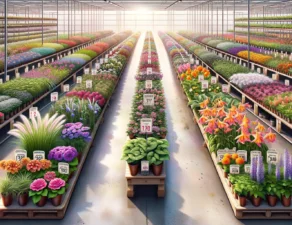
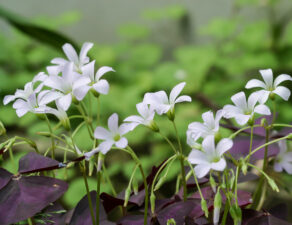

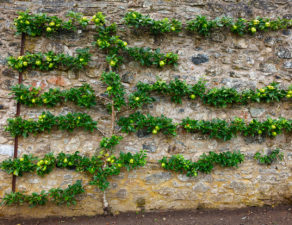
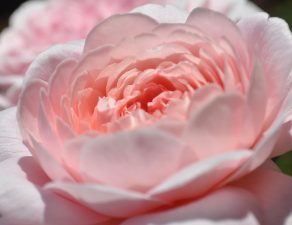
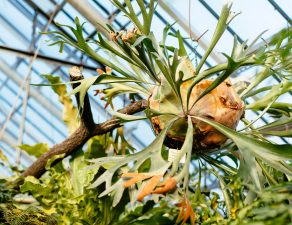
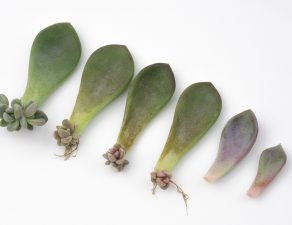
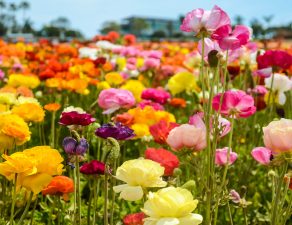
Write a comment: